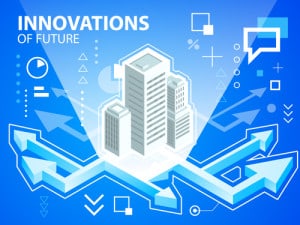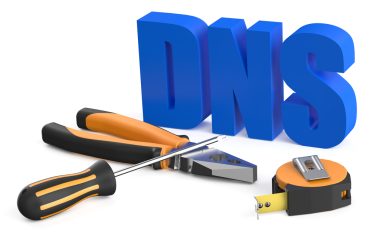
The IIC hopes to develop standard procedures for saving energy in cities.
There’s no question that global energy needs are on the rise, despite all the improvements made to make industries, businesses, homes, and vehicles more energy-efficient. With higher demands come higher prices, so much that the World Economic Forum cites “rising energy costs” as the sixth most critical economic risk worldwide. It’s even worse in Asia, where population is growing quickly and poor infrastructure puts strain on energy producers.
Reducing an entire city’s energy demands—or even the demands of a large college campus—by 5 to 10 percent in a single year seems impossible, but maybe it’s not so far-fetched any more, thanks to the Internet of Things (IoT).
[ Related: 7 IIC Testbeds Offer a Look at the Future of the Industrial IoT ]
The Industrial Internet Consortium (IIC) has created a Smart Energy Management Testbed to examine how IoT might help local governments, public facilities, large campuses, and critical infrastructure developers reduce their energy demand. Infosys, in partnership with PTC and Schneider Electric, is working to introduce more instrumentation into buildings and equipment to help monitor and visualize energy consumption patterns.
Without an understanding of the patterns, companies or municipalities can’t make informed decisions about how to reduce their energy needs. But this requires information from all the elements—according to IIC, this means “every building, every floor, every utility within the campus, every equipment, every home, every office, and every infrastructure.”
As part of this testbed, Infosys will be wiring up its Mysore, India campus, which features several thousand employees and stretches out over 350 acres. The implementation includes nine commercial buildings and their chiller plants. A future phase will then cover residential buildings, a data center, and the on-campus stadium.
“Our model ecosystem at Mysore will serve as a live, replicable example of smart city innovations that will harness all the advantages of digitization. These technologies promise to revolutionize the physical spaces we inhabit,” said Dr. Vishal Sikka, CEO of Infosys.
The three companies will measure critical equipment such as HVAC, uninterruptible power supply systems (UPS), and generators, and develop energy-saving strategies that will be fully automated. IT tools, such as alarms, notifications, a ticketing system, and proven workflows will also be developed.
“With such rapid urban population growth, efficient, smart cities are the need of the hour,” said Dr. Ashutosh Saxena, associate vice president and principal research scientist at Infosys. “These smart cities not only require operating hospitals, utilities and transportation systems, but also a method to ensure that each of these are being optimized.”
He added: “Today, sensory objects (cars, televisions, smartphones, smart cameras, smart gadgets, etc.) collect real-time data remotely, giving us the insights needed to help us turn our cities around.”
The IIC plans on using information from this testbed to further develop standard operating procedures for other companies or municipalities that aim to reduce their energy consumption in the coming years. A future in which entire cities—including all assets in the city—are wirelessly connected in order to share energy consumption information seems far-fetched, but the Mysore campus project hopes to prove it’s not only possible, but in our very near future.




























